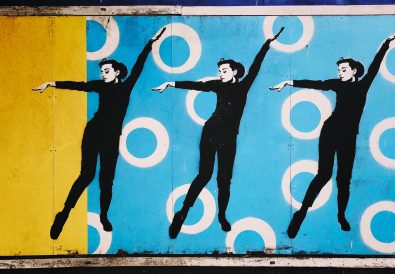
Born in St Ives, Cornwall, Isis Monteverde has worked as a life coach for 20 years and takes a special interest in mindfulness, meditation, Pilates and tai chi. This article will take a closer look at tai chi, providing practical tips and advice for beginners to help them get the most out of the mind-body practice.
All over the world today, people are following balanced wellness routines incorporating a blend of physically challenging activities such as cardio sessions, yoga flows and HIIT workouts, and mental health-enhancing elements such as meditation and mindfulness exercises. However, there is one activity that enables participants to achieve both at the same time: tai chi.
Technically rooted in martial arts, tai chi is a practice that originated in China more than 300 years ago. The practice centres around mind-body exercises that combine movement, meditation and deep breathing. Tai chi has been shown to offer a range of health benefits, including improved balance, mobility and coordination, as well as helping participants to cultivate inner peace and awareness, fostering overall wellness.
Essentially, the practice of tai chi involves performing a series of fluid, relaxed movements in a calm but focused mental state known as ‘relaxed alertness’. Tai chi quiets the mind and relaxes the muscles, with the participant remaining calm but alert. When movements are carried out in a smooth sequence known as ‘form’, the practice looks like a graceful, slow-motion dance. All that is required to practice tai chi is comfortable clothing and sufficient space to perform the movements.
Whether taught in person or virtually, beginner tai chi classes tend to last between 40 minutes and an hour, running through each basic move before combining them in a smooth sequence. Novices should focus on mirroring the instructor’s movements, even if they do not yet have the coordination to perform upper and lower movements simultaneously, taking care to maintain a strong, upright posture and low centre of gravity to keep themselves from losing their balance as they flow through the moves.
Tai chi places an emphasis on fluid, full-body movements. The waist should not be locked, remaining limber enough to move with the torso, with the arms and hands moving fluidly to achieve the flow. Participants should be mindful, promoting the free flow of their inner qi, keeping the body relaxed and maintaining balance between the body and mind as they work through movements.










